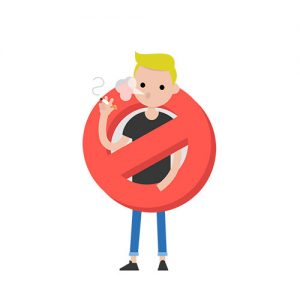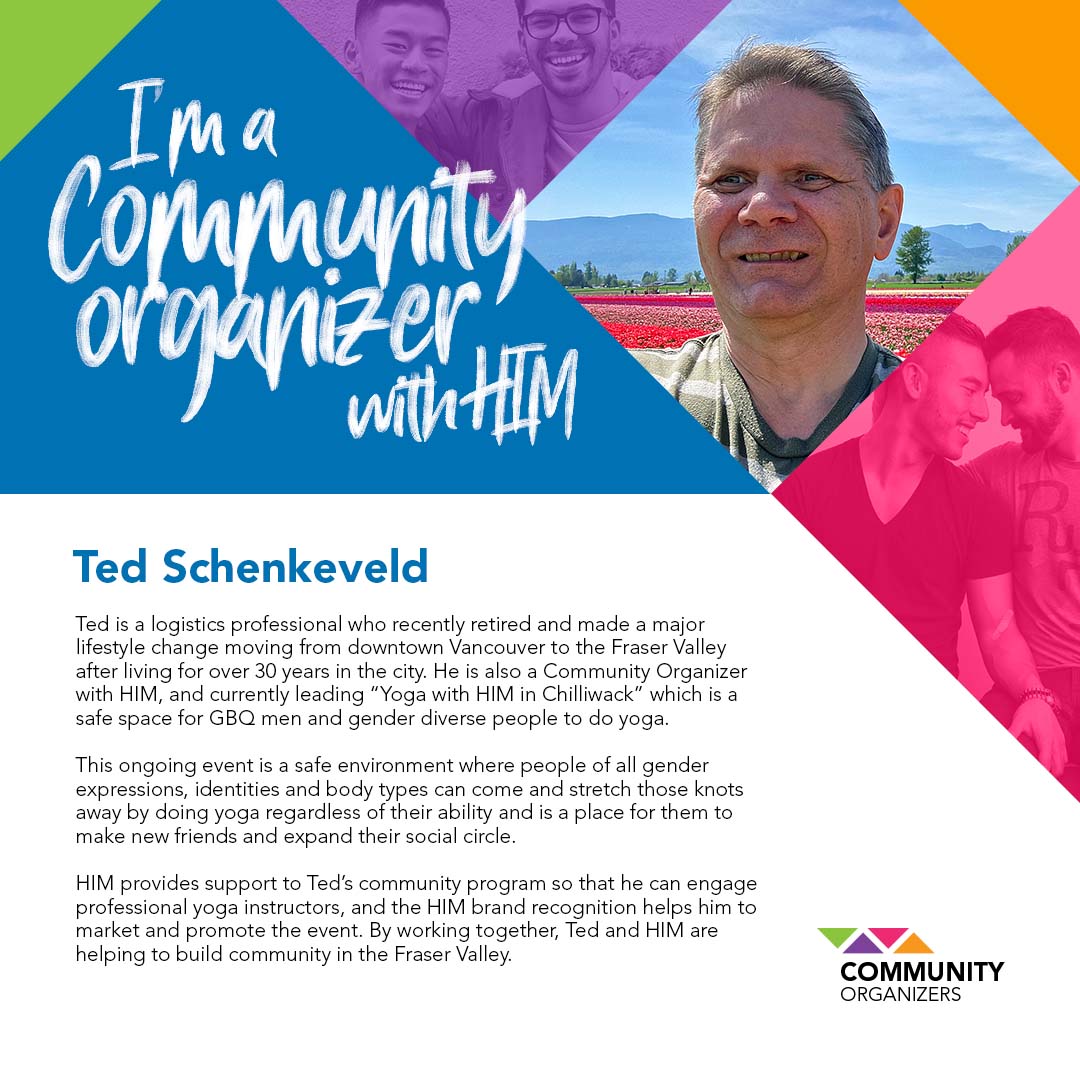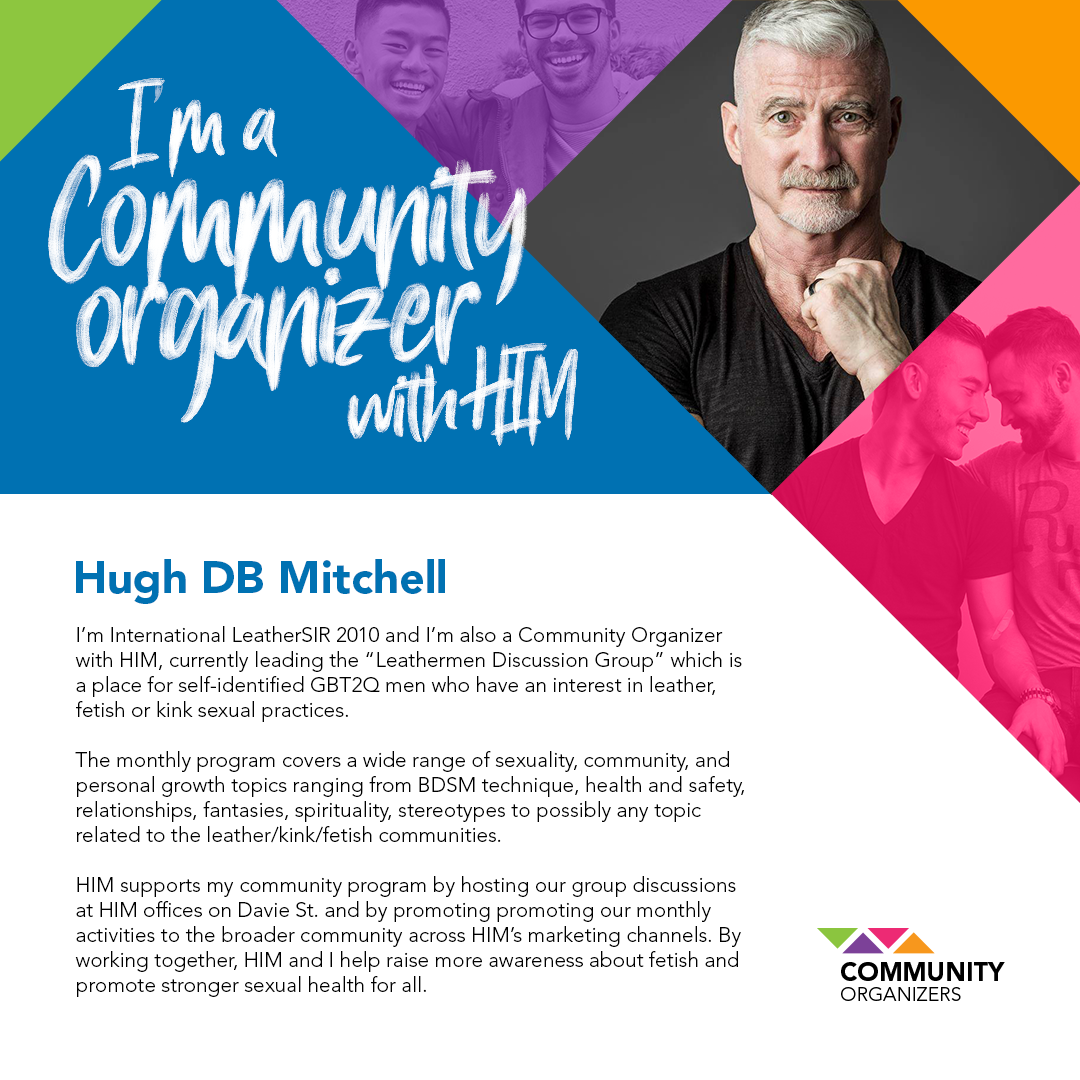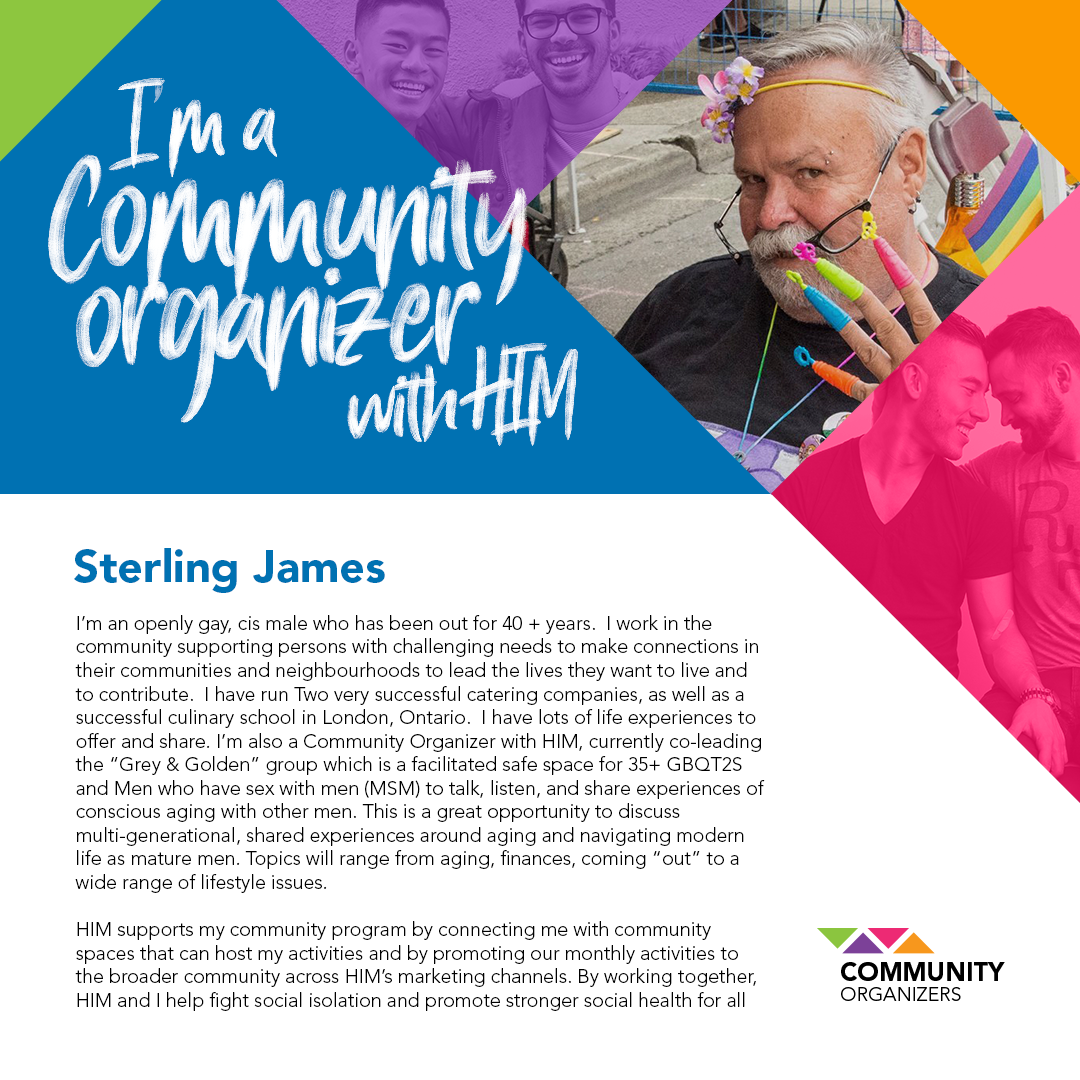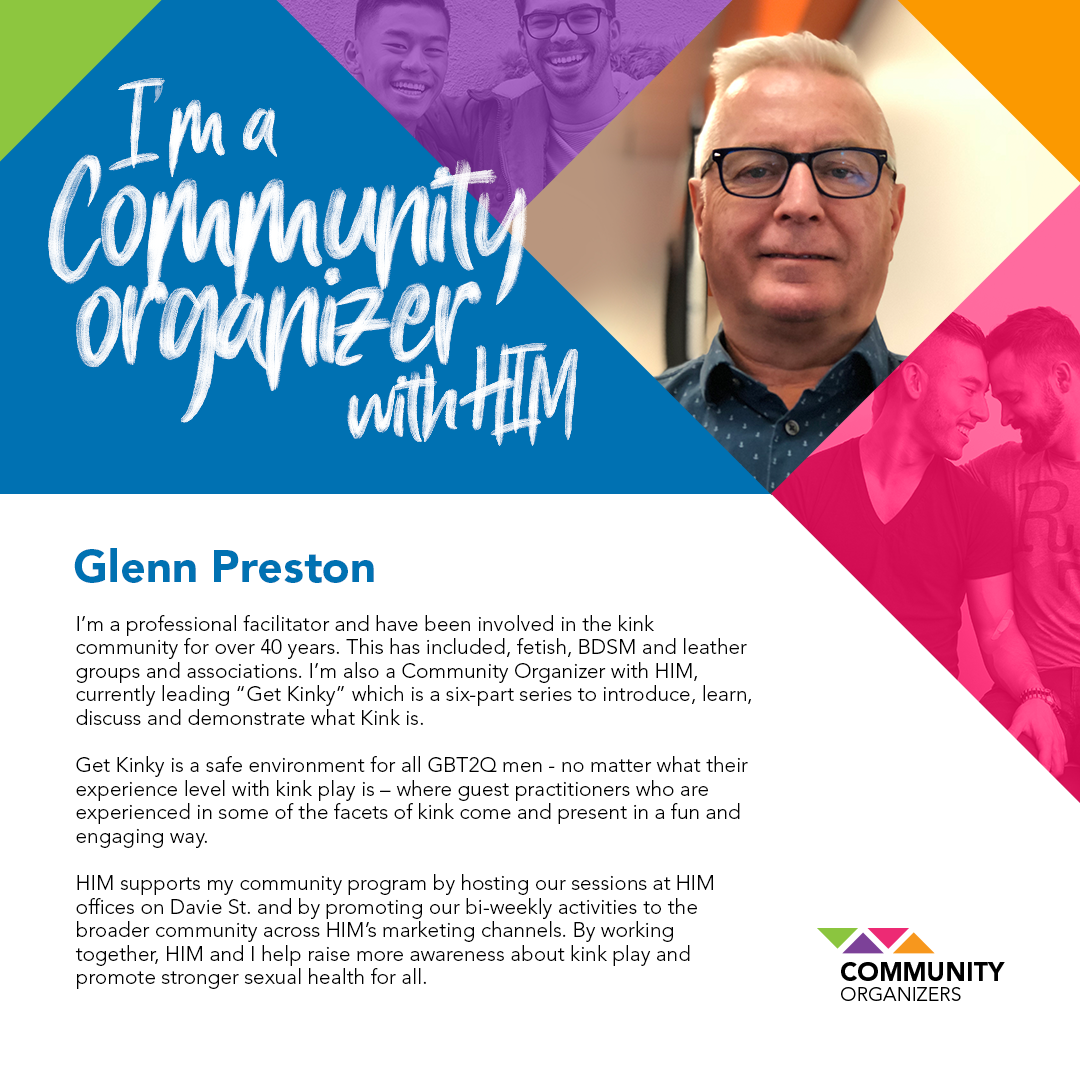We don’t know all of the reasons, but we’ve come up with 5 factors that can motivate GBT2Q guys to smoke:
Stress
 Stress due to stigma and discrimination that comes with identifying as a sexual minority leads to increased depression, anxiety and substance use. Stress is one of the main factors that helps us become addicted, or reliant on smoking cigarettes. Some of the factors that make LGBTQ2S+ folks more stressed than our non-queer peers include: social exclusion, coming out, transphobia, homophobia, discrimination, and lack of inclusive health care. The more a person’s identity is pushed to the margins, the more stressed a person becomes. This means that trans, non-binary and other LGBTQ2S+ people with intersectional identities are very likely to experience additional stress, and those experiences are not adequately researched. Many of us smoke because it feels like it helps reduce stress, and/or gives us a break from our daily experience of stress. Smoking doesn’t actually help to address the stress. Smoking is a learned behavior and smoking often becomes associated with stress-related activities. It’s possible that a person might associate smoking with fatigue, hunger, feeling overwhelmed, feeling ashamed, and working overtime. These activities can become automatic reminders to smoke, which makes us feel like smoking helps us combat stress.
Stress due to stigma and discrimination that comes with identifying as a sexual minority leads to increased depression, anxiety and substance use. Stress is one of the main factors that helps us become addicted, or reliant on smoking cigarettes. Some of the factors that make LGBTQ2S+ folks more stressed than our non-queer peers include: social exclusion, coming out, transphobia, homophobia, discrimination, and lack of inclusive health care. The more a person’s identity is pushed to the margins, the more stressed a person becomes. This means that trans, non-binary and other LGBTQ2S+ people with intersectional identities are very likely to experience additional stress, and those experiences are not adequately researched. Many of us smoke because it feels like it helps reduce stress, and/or gives us a break from our daily experience of stress. Smoking doesn’t actually help to address the stress. Smoking is a learned behavior and smoking often becomes associated with stress-related activities. It’s possible that a person might associate smoking with fatigue, hunger, feeling overwhelmed, feeling ashamed, and working overtime. These activities can become automatic reminders to smoke, which makes us feel like smoking helps us combat stress.
Marketing Targeting LBGTQ People
 Over the last 30 years, several major tobacco companies have launched strategic ad campaigns targeting communities of gay, bi, queer and other guys into guys. These companies have positioned themselves as allies of the gay rights movement, and worked relentlessly to make smoking a part of gay culture. In 2000, confidential documents labelled Project SCUM (SubCulture Urban Marketing) were leaked to the press. The document exposes plans for an ad campaign targeting young gay men. Other advertisement campaigns have targeted gay and bi customers by co-opting the language of freedom and choice used by queer rights activists, such as the “I Choose” campaign which read: “I choose freedoms, freedom to choose, freedom to marry, freedom to inhale”. Additionally, these companies advertised in gay press in the early 1990s often depicting tobacco as a part of gay culture. Why have marketers chosen gay, bi, queer and guys into guys, an already marginalized community, to sell a product that is known to be harmful? One reason may have to do with our mental health, and use of substances. Gay, bi, and queer people are more likely to experience depression and anxiety, which are major predictors of tobacco use – to advertisers, GBT2Q guys must have seemed like a good target.
Over the last 30 years, several major tobacco companies have launched strategic ad campaigns targeting communities of gay, bi, queer and other guys into guys. These companies have positioned themselves as allies of the gay rights movement, and worked relentlessly to make smoking a part of gay culture. In 2000, confidential documents labelled Project SCUM (SubCulture Urban Marketing) were leaked to the press. The document exposes plans for an ad campaign targeting young gay men. Other advertisement campaigns have targeted gay and bi customers by co-opting the language of freedom and choice used by queer rights activists, such as the “I Choose” campaign which read: “I choose freedoms, freedom to choose, freedom to marry, freedom to inhale”. Additionally, these companies advertised in gay press in the early 1990s often depicting tobacco as a part of gay culture. Why have marketers chosen gay, bi, queer and guys into guys, an already marginalized community, to sell a product that is known to be harmful? One reason may have to do with our mental health, and use of substances. Gay, bi, and queer people are more likely to experience depression and anxiety, which are major predictors of tobacco use – to advertisers, GBT2Q guys must have seemed like a good target.
Social and Romantic Influences
 It’s not as simple as “peer pressure”, but there are definitely social and romantic pressures that can turn a non-smoker, into a social smoker, and then into a more frequent smoker. It’s easy to start connecting smoking to people, places and certain activities. Let’s say you aren’t a regular smoker, but when you go out with friends – you might join them for a few smoke breaks throughout the night. Possibly because you don’t want to be dancing alone while your friends go outside! Smoking, drinking, and having fun get mixed together, and when the night is over… you might end up smoking more frequently than you’d like. Thanks to nicotine’s addictive properties, we can easily start connecting smoking to certain people, and situations. For example, the routine of stepping out onto the patio with your partner every evening to have a smoke and get some fresh air can feel good! Getting to have a few moments with someone you are attracted to can become mixed up with smoking cigarettes. If you, some of your friends, or your partner(s) decides to quit, there are going to be changes in the way that you spend time together. Consider quitting together, and choosing a method to support your own reduction of the nicotine cravings (e.g. Nicorette inhaler) so that when your friends smoke – you have another option!
It’s not as simple as “peer pressure”, but there are definitely social and romantic pressures that can turn a non-smoker, into a social smoker, and then into a more frequent smoker. It’s easy to start connecting smoking to people, places and certain activities. Let’s say you aren’t a regular smoker, but when you go out with friends – you might join them for a few smoke breaks throughout the night. Possibly because you don’t want to be dancing alone while your friends go outside! Smoking, drinking, and having fun get mixed together, and when the night is over… you might end up smoking more frequently than you’d like. Thanks to nicotine’s addictive properties, we can easily start connecting smoking to certain people, and situations. For example, the routine of stepping out onto the patio with your partner every evening to have a smoke and get some fresh air can feel good! Getting to have a few moments with someone you are attracted to can become mixed up with smoking cigarettes. If you, some of your friends, or your partner(s) decides to quit, there are going to be changes in the way that you spend time together. Consider quitting together, and choosing a method to support your own reduction of the nicotine cravings (e.g. Nicorette inhaler) so that when your friends smoke – you have another option!
Self-Expression
 There are plenty of examples in popular culture where the act of smoking is used to show a character’s ruggedness, masculinity, mystery, independence, or glamour.. These cultural images are powerful endorsements of smoking; however, smoking does nothing but harm. Maybe it’s the way you hold the cigarette, or where you smoke… but it is easy to get the impression that smoking can help to express sexuality or gender identity. When cigarettes affect our health and bodies, we might be actually limiting our self-expression more than we think. Remember that the way you express yourself is still interpreted through the eyes of someone who sees, or connects with you… They may quickly make their own judgements as to what smoking means to them, potentially limiting your social connections. It may be a difficult journey to fully express our sexuality and gender in a way that works for us. The truth is, there is nothing masculine, feminine, or rebellious about the harm that smoking can do to your body. There are many ways of expressing yourself without permanently harming your body. Explore ways that express yourself that also contribute to your health and well-being and make a statement about what’s most important to you. Some examples of ways to express yourself without cigarettes might be: changing to your fashion/style, trying out an expressive art activity, or volunteering with like-minded people!
There are plenty of examples in popular culture where the act of smoking is used to show a character’s ruggedness, masculinity, mystery, independence, or glamour.. These cultural images are powerful endorsements of smoking; however, smoking does nothing but harm. Maybe it’s the way you hold the cigarette, or where you smoke… but it is easy to get the impression that smoking can help to express sexuality or gender identity. When cigarettes affect our health and bodies, we might be actually limiting our self-expression more than we think. Remember that the way you express yourself is still interpreted through the eyes of someone who sees, or connects with you… They may quickly make their own judgements as to what smoking means to them, potentially limiting your social connections. It may be a difficult journey to fully express our sexuality and gender in a way that works for us. The truth is, there is nothing masculine, feminine, or rebellious about the harm that smoking can do to your body. There are many ways of expressing yourself without permanently harming your body. Explore ways that express yourself that also contribute to your health and well-being and make a statement about what’s most important to you. Some examples of ways to express yourself without cigarettes might be: changing to your fashion/style, trying out an expressive art activity, or volunteering with like-minded people!
Lack of Resources
 It’s strange that marketing has been targeted to get LGBTQ2S people to start smoking, but the same is not true for projects to help LGBTQ2S quit smoking. Many researchers believe that the shortage of GBT2Q community supported quit smoking programs makes it hard for GBT2Q guys to reach our quitting goals. These quit smoking programs have been developed for the general population (ie: cis-straight people). Until recently interventions for tobacco dependence, prevention, or treatment among GBT2Q populations were non-existent. This is especially concerning due to the high smoking rates in the community. That said, this resource, and others like it can help you understand your smoking habits, and feel less alone! For more ideas for getting connected to resources, groups and programs click here.
It’s strange that marketing has been targeted to get LGBTQ2S people to start smoking, but the same is not true for projects to help LGBTQ2S quit smoking. Many researchers believe that the shortage of GBT2Q community supported quit smoking programs makes it hard for GBT2Q guys to reach our quitting goals. These quit smoking programs have been developed for the general population (ie: cis-straight people). Until recently interventions for tobacco dependence, prevention, or treatment among GBT2Q populations were non-existent. This is especially concerning due to the high smoking rates in the community. That said, this resource, and others like it can help you understand your smoking habits, and feel less alone! For more ideas for getting connected to resources, groups and programs click here.


